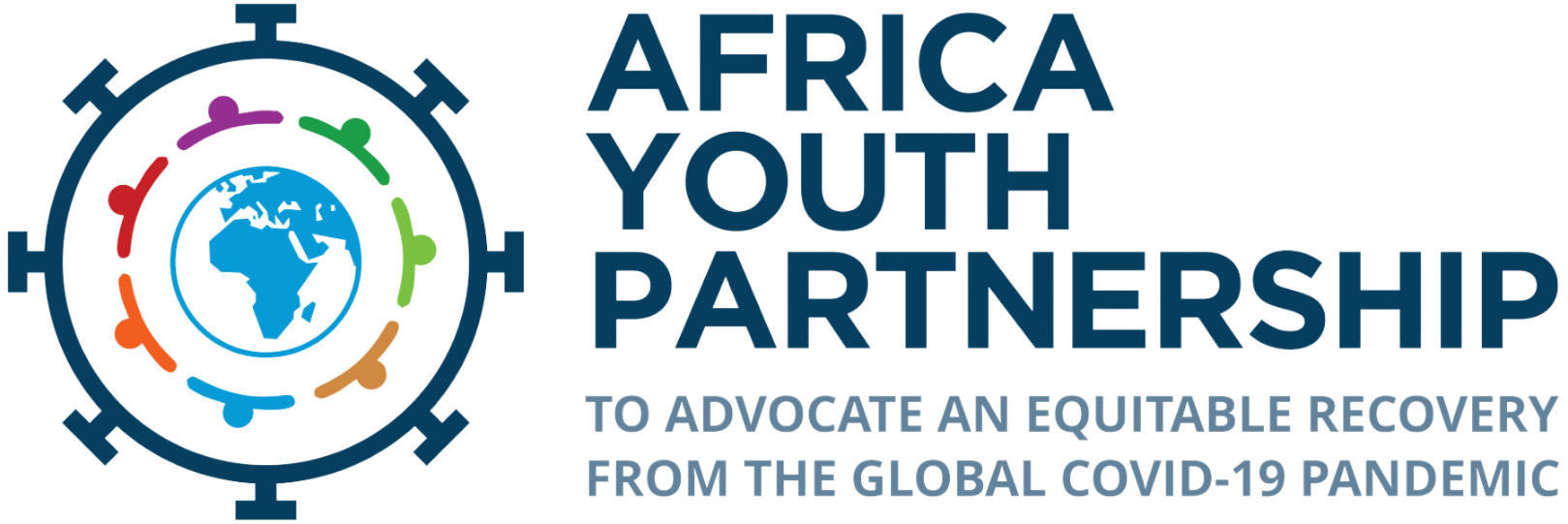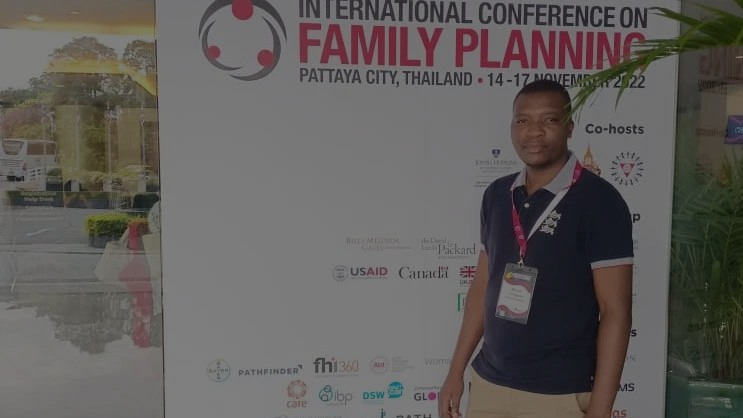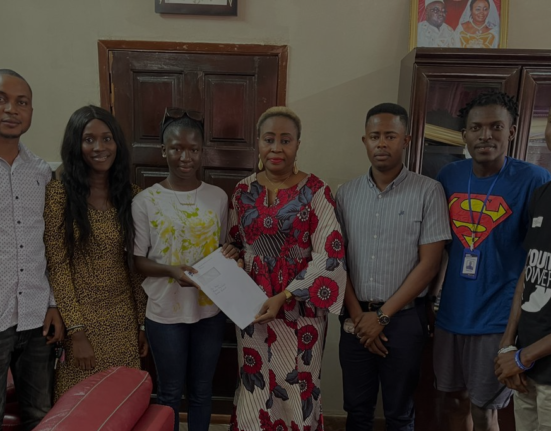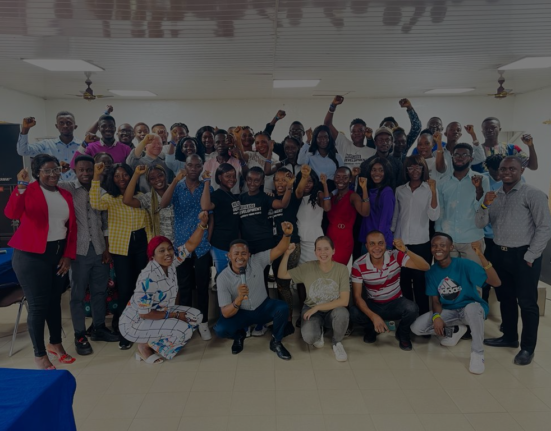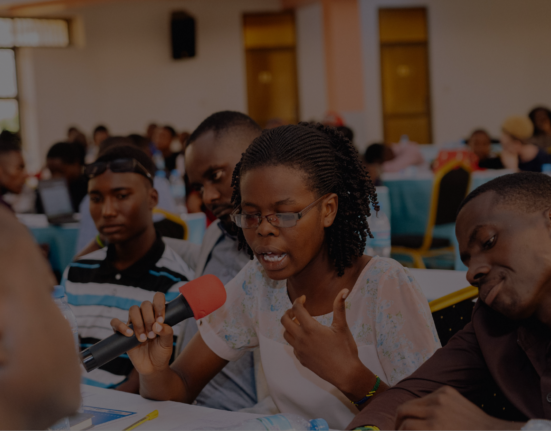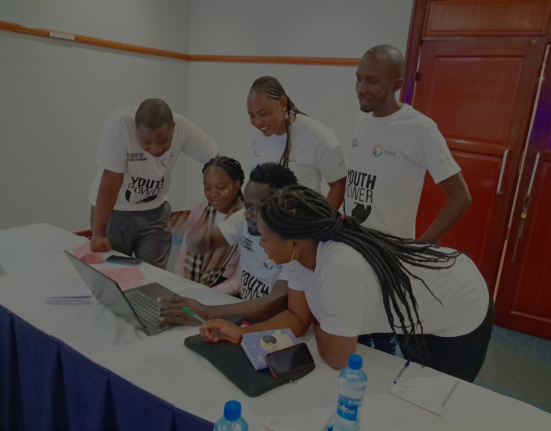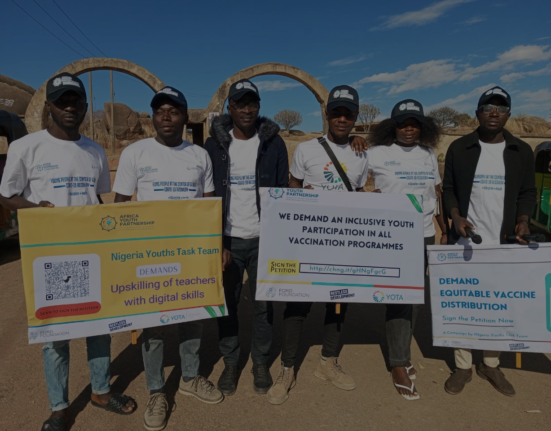Are young people the future of our communities? Absolutely! But how can we ensure that the youth are equipped with the skills and knowledge to lead our communities? Nothing about us, without us, is a rallying cry for prioritising youth leadership in building young leaders in communities. In this article, l will talk about how to create meaningful youth engagements, the importance of youth-led initiatives, and how to empower young people to become the leaders of tomorrow.
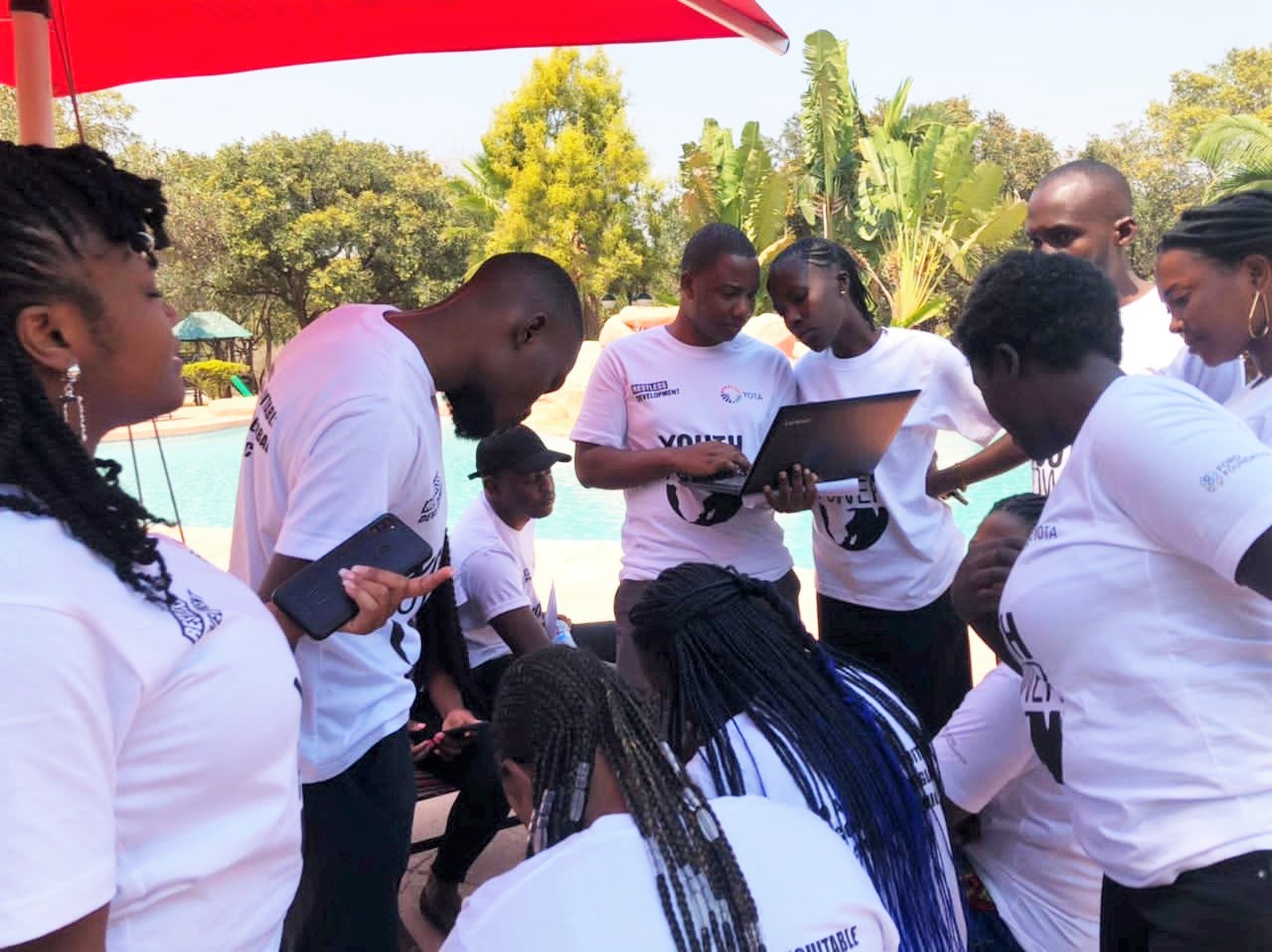
The peak youth generation wants to see all 17 Global Goals realized, and they know that by 2030, success or failure will be in their hands. There is a great need for unified priorities for specific changes that young people need and among them is a youth leadership and meaningful engagement of young people. The development sector is facing the huge challenge of handing over the ownership of development to the communities that we serve, while also translating impact into lasting change. Currently, most structures are simply not set up to achieve this. Meaningful youth and community engagement by international and national development systems — government and non-government alike — is mostly set up to work with, but not be driven by the agency of those we engage. This removes ownership and therefore the ability to build real, sustainable change at the heart of all of our countries and communities. Young people proved and are still proving to be real drivers of transformational change. This calls for the need to assess the impact of youth leadership and what it means for young people in their quest to address the most urgent issues affecting the world including ending AIDS as a global pandemic by 2030.
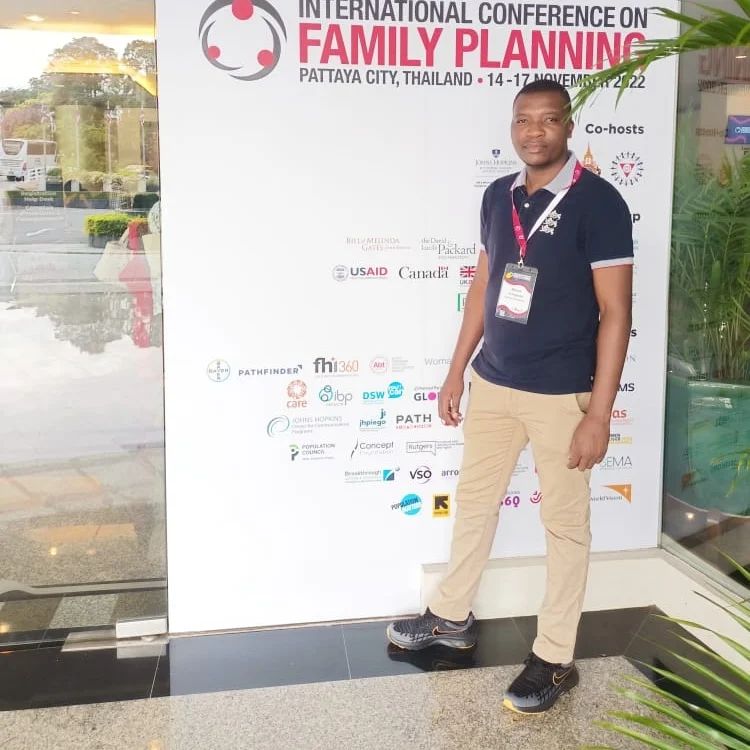
Young people are often excluded from decision-making spaces related to the distribution of (or access to) the resources necessary to design, implement and monitor interventions focused on, or which have an impact on youth. There is a great need for young people in all their diversity including young people living with HIV, young women and young key populations to be supported to organize into networks of affected populations, strengthen their capacity to mobilize and advocate, develop grant proposals, manage resources, establish accountability mechanisms, and communicate with impact, among others.
In order to reach their goals, young people must play a role in improving their communities. They need to challenge the struggle of capitalizing on the intrinsic leadership abilities possessed by youth. Focus has always been on building skills instead of giving an opportunity to assess how much their leadership abilities have progressed within a given period of time. With affirming relationships being the centre of positive youth development, young people must feel a strong connection with adults and their community if they are to inculcate the skills needed to serve in leadership roles.

Evidence from global interventions and research has argued for the need to invest in meaningful youth leadership and unveiled the gains that stand to be made from leveraging this demographic. The common problem is that development practitioners tend to view young people as beneficiaries and targets: a problem to be solved. However, with 50% of the world’s population under 30, we should be engaging young people as partners and agents of change. The ability to effectively engage the Peak Youth generation – the largest ever global youth population – and allow them the space and opportunities to lead collaboratively in development, represents a historic opportunity to bring about transformative change on a global scale.
I believe that we can get back on track to achieve the Global Goals. All that is needed is a partnership with the biggest demographic on earth. Let’s Partner with Young People.
